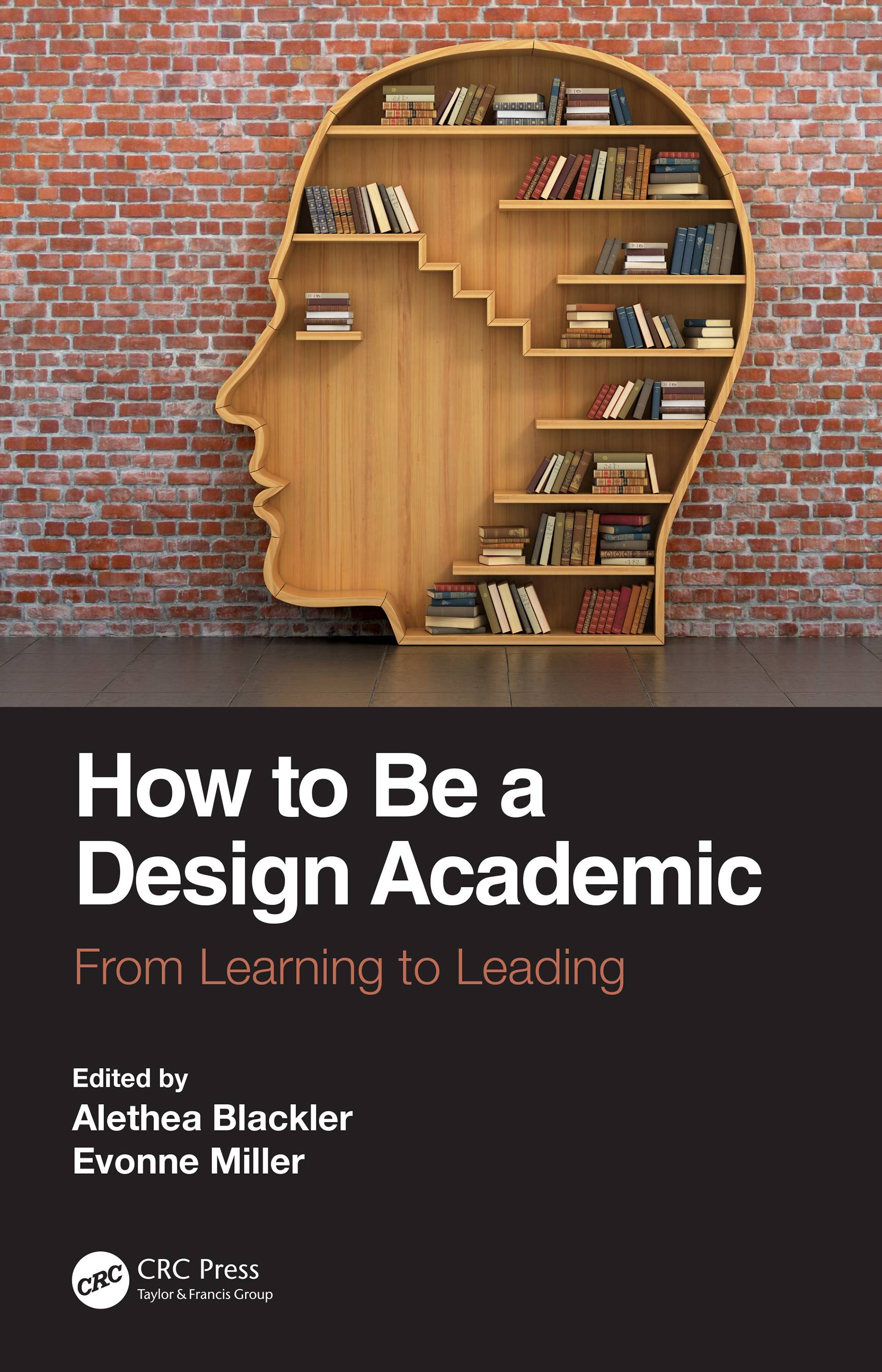
Design Process Model
A design is basically a blueprint or specification of an object, system or process and/or for the implementation of that blueprint or specification, the final output or end product in the form of a model, prototype or production, etc. The verb to design normally refers to the process of creating a design through the intervention of others. For example, the United States Army generally uses the term ‘blueprints’ to describe their plans or programs. These plans and blueprints are then used by various specialized and joint military organizations to execute their missions.
In order to create a design, designers need to integrate research and technical disciplines, together with knowledge of human interaction, aesthetics, production, computer science, and other relevant disciplines. Designers may belong to numerous specialized fields. For example, in industrial design, the designers may belong to art and architecture departments as well as electrical and electronics departments. In graphic design, the disciplines related to visual arts include art history, communication arts, animation, film studies, graphic design, theatre, home arts and so on. In computer software design, the disciplines related to computer systems include software engineering, software development, software testing and software maintenance and so on. In applied research, the designers may belong to a variety of disciplines such as anthropology, business, cognitive science, computer science, engineering, health sciences, humanities and so on.
There are many design process models. Some popular ones are Diagrams, heddings, runoff and Gantt charts, hemi diagrams, mesh designs, optimal layouts, process tree diagrams, component-based layouts, portfolio management systems, process maps and so on. There are also many industry specific design approaches such as concept, accelerated planning, concept development, problem-solving, case studies and process modeling. A good model must be able to meet the varied requirements of manufacturing, production, distribution, design and other related industries.